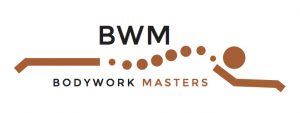What is Tennis Elbow?
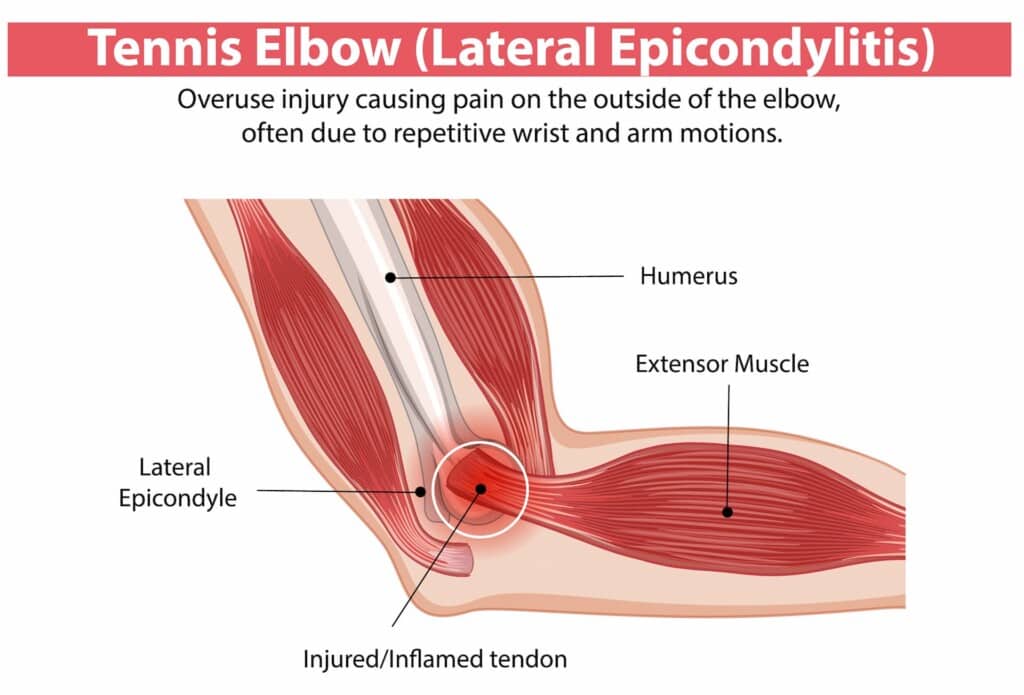
Symptoms of Tennis Elbow
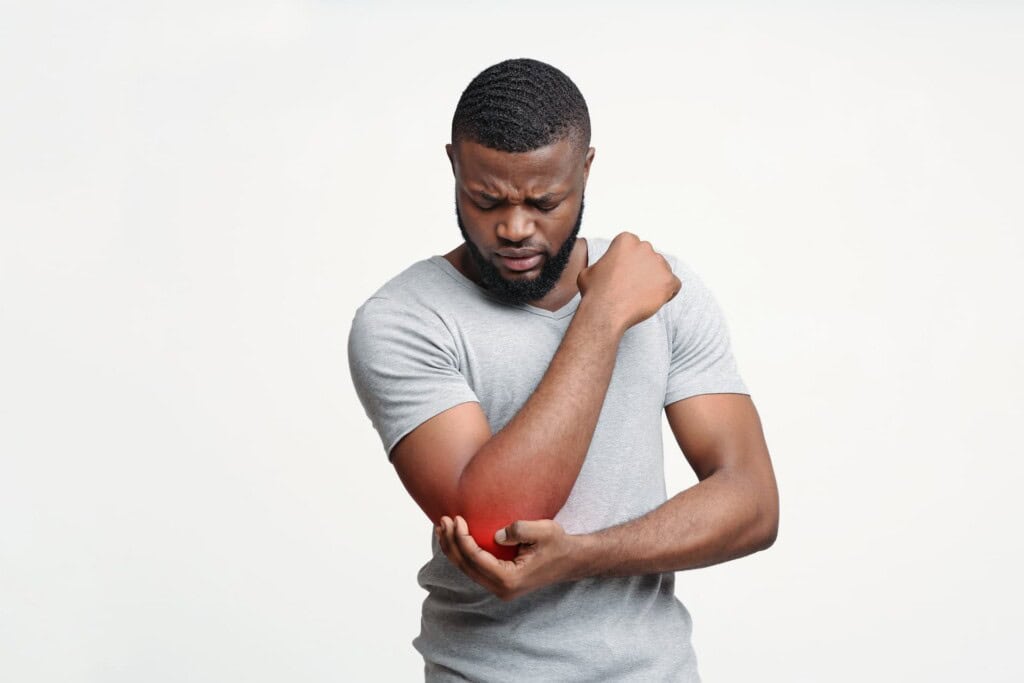
- Pain: Usually on the outer part of the elbow
- Weakness: In your forearm and wrist
- Tenderness: When you touch the outside of the elbow
- Stiffness: Especially in the morning, and in the neck and shoulders
- Difficulty with simple tasks: Like turning a doorknob or holding a coffee cup
Causes and Risk Factors

- Playing sports: Tennis, racquetball, and other racket sports
- Manual labor: Carpentry, painting, plumbing
- Hobbies: Gardening, knitting, playing a musical instrument
- Age: Most common in adults between 30 and 50
- Occupation: Jobs involving repetitive arm movements
- Sports participation: Especially those involving repetitive arm movements
How is Tennis Elbow Diagnosed?

How Long Does Tennis Elbow Last?
The duration can vary widely:- Mild cases: May improve within a few weeks with proper care
- Severe cases: Can take several months to a year to fully heal
Why Conventional Treatments May Not Be Enough
Many conventional treatments for tennis elbow, such as rest, ice, anti-inflammatory medications, and corticosteroid injections, focus on alleviating symptoms temporarily rather than addressing the root cause of the pain. Physical therapy can be beneficial, but it often requires a long-term commitment to see significant improvement. As a bodyworker, I believe in a holistic approach that targets the source of the problem. While conventional methods can provide short-term relief, bodywork therapy offers a more comprehensive solution by addressing muscle tension, improving blood flow, and enhancing overall arm function.How Can Bodywork Therapy Help Heal Tennis Elbow?
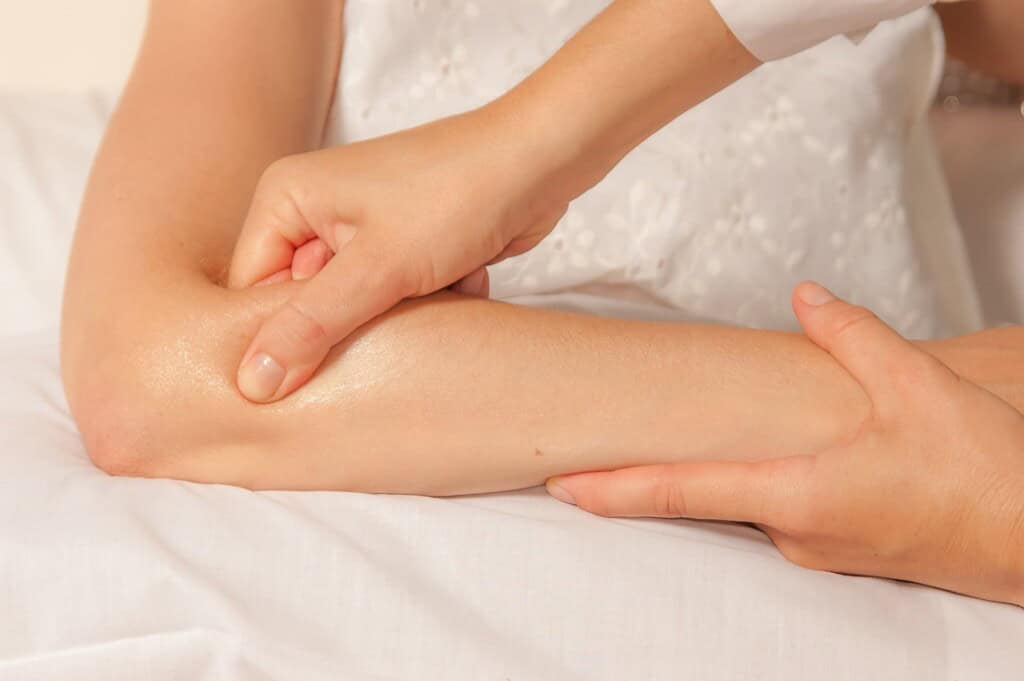
How it Helps
Bodywork therapy can be a game-changer for tennis elbow. It eases pain and improves arm function by targeting affected muscles, tendons, and soft tissues. Special techniques relieve tension in overworked areas, kickstarting your body’s natural healing process. The result? Your arm and wrist move more freely, so you can get back to your daily life with less pain holding you back.Benefits of Bodywork for Tennis Elbow
Bodywork therapy provides several advantages for those suffering from tennis elbow:- Improved blood flow: Massage increases circulation, speeding up healing
- Reduced muscle tension: Relieves the strain on the affected tendons
- Pain relief: Helps manage and reduce pain levels
- Non-invasive treatment: Avoids the need for surgery
- Customizable approach: Treatments tailored to your specific needs
- Holistic healing: Addresses the whole body, not just the symptoms
Types of Bodywork Therapy
Different massage techniques can be particularly beneficial for tennis elbow:- Deep tissue massage: Targets deeper layers of muscles and fascia, breaking up scar tissue and helping your arm feel looser and more comfortable
- Trigger point therapy: Focuses on specific tight spots to release tension and relieve elbow pain
- Myofascial release: Loosens the fascia around the muscles, reducing pain and stiffness
Self-Massage Techniques
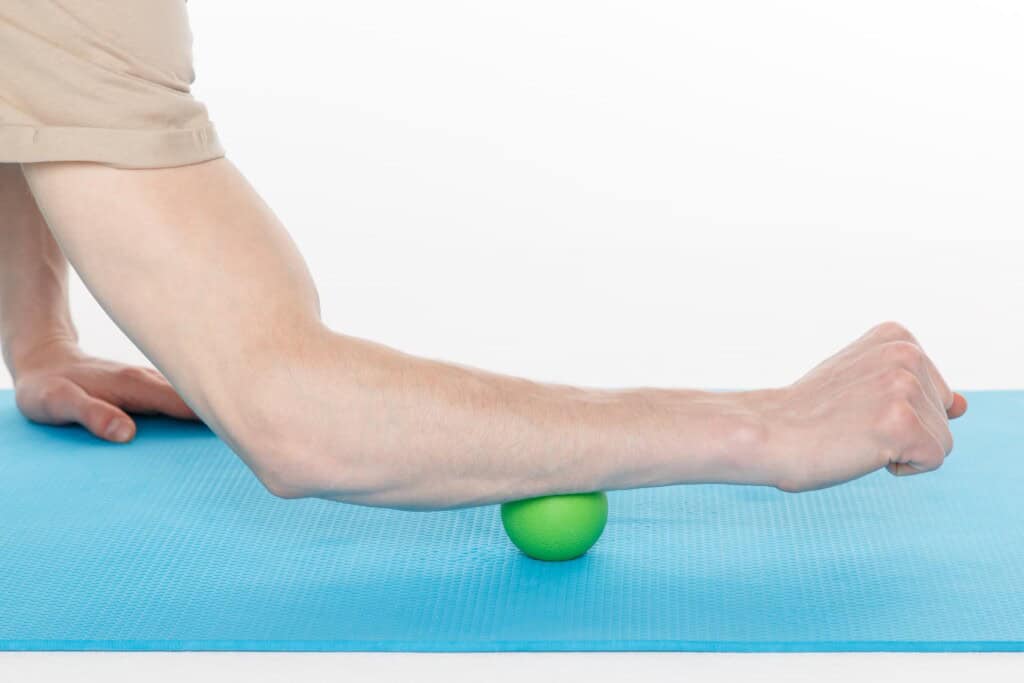
- Forearm massage: Use your opposite hand or a massage tool to gently massage your forearm muscles
- Tennis ball massage: Place a tennis ball on a table and roll your forearm over it
- Stretching: Gently stretch your wrist and forearm to relieve tension
- Flexbar: The TheraBand FlexBar is a flexible, durable tool used for hand, wrist, forearm, and elbow exercises that improve grip and forearm strength through bending and twisting.
Duration and Frequency of Bodywork Therapy
Mild cases of tennis elbow may improve within a few weeks with proper care, while severe cases can take several months to a year to fully heal. Bodywork therapy sessions are typically recommended 1-2 times per week in the initial stages, with the frequency decreasing as symptoms improve.Prevention

- Warm up: Always warm up before engaging in activities that use your arms.
- Strengthen your forearm muscles: Regular exercises can help.
- Use proper technique: Whether playing sports or doing manual work, make sure you’re using the right form.
- Avoid sleeping on your arm: Be mindful not to sleep on your arm, as this can constrict blood flow and increase tension on the tendons.
Case Study: Jenny’s Journey to Recovery
Jenny was referred to Bodywork Masters through a friend and current client. She’d been dealing with pain and tenderness in her forearm, elbow, and wrist for weeks, but it was a sudden spike in pain that led her to seek an urgent appointment. Upon assessment, I found that Jenny was experiencing symptoms of Tennis Elbow, which was aggravated by sleeping on her injured arm the night before. It was clear that the pain she felt in her forearm, elbow, and wrist was actually referred pain from her outer elbow. This shows why it’s important to dig deep to find the cause, as getting the right diagnosis is crucial for planning the best treatment. To relieve Jenny’s pain, I used a mix of bodywork techniques: myofascial release, gua-sha, and deep tissue massage. These methods target the tension in her tendons and kickstart the healing process. After her session, Jenny felt significantly less pain. She returned the next week for more bodywork on the tight tendons in her arm, showing real progress in her recovery. Jenny’s experience underscores how crucial it is to diagnose accurately and tailor treatments. Personalized care made a big difference in easing her pain and improving her well-being.Conclusion

